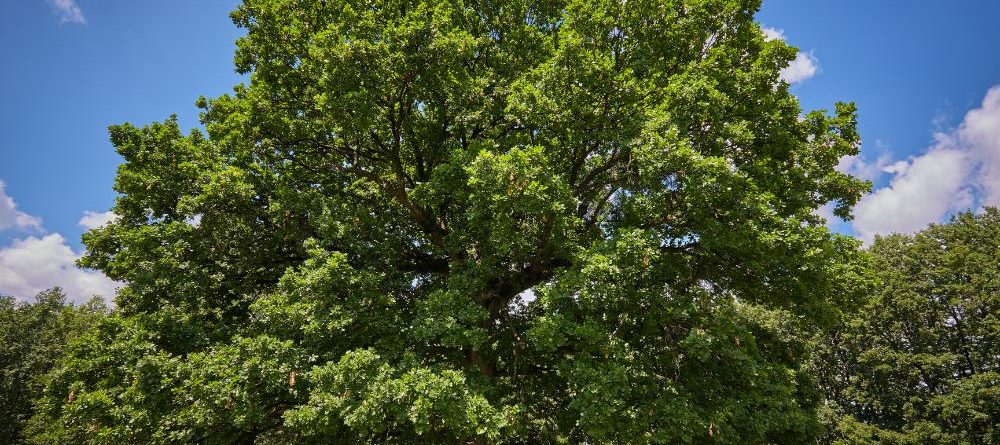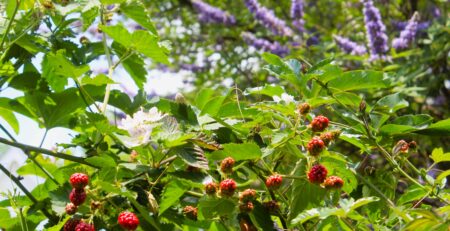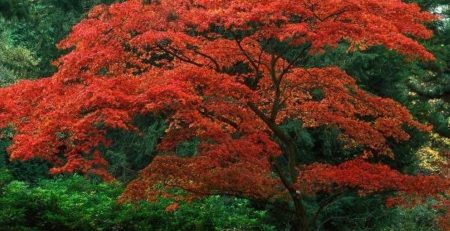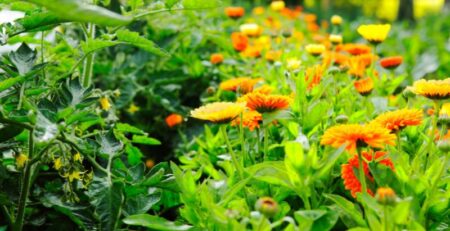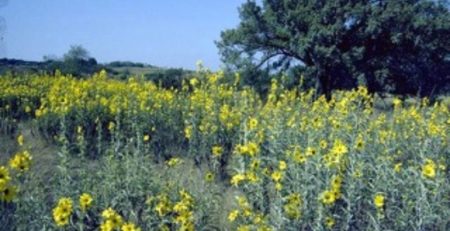Dangers of Over Pruning
Over pruning is one of the worst and most common mistakes in tree maintenance. Why is it so common? There is a general lack of understanding about how a tree functions or a lack of current information about tree health. Unfortunately, myths often guide tree pruning.
Myths to Avoid
- “Remove one-third of the top growth when transplanting to offset root loss”
- “Prune heavily to offset construction injury or soil compaction”
- “Prune heavily to help the turf grow”
Except in very rare circumstances, there is no valid reason to over prune a tree. The Tree Care Industry Association’s (TCIA) standards for tree care specify that no more than 20-30% of the foliage should be removed in any year. Over pruning has a detrimental effect on tree health, structural integrity, and aesthetic value.
1. Large or Profuse Cuts Lead to Decay
Any cut made on a tree is a wound that must be healed. The fewer cuts made the better. Smaller cuts throughout the tree’s life are better than large cuts that should have been made many years ago when the tree was small. One large poorly made cut or too many cuts in the wrong places can ruin a tree for life.
2. Reduced Food Production
Because leaves are the only resource the tree has to feed itself, removing a large amount of the foliage significantly reduces the tree’s ability to produce food. This creates an unhealthy and unbalanced condition and can actually stunt the growth of the tree in many cases. Food storage is reduced in any year the tree is over-pruned and the loss is compounded if over-pruning is done year after year.
3. Sunscald and Interior Sprouting
Any significant reduction in crown thickness will generally cause profuse interior sprouting and allow excessive sunlight penetration through the remaining canopy and onto the bark. If too much foliage is removed, it creates an imbalance in the roots to foliage ratio, so the tree reacts by using stored food to regrow its foliage. In proper pruning, the tree reacts by producing mostly tip growth. If improperly pruned, the tree reacts by producing mostly interior growth with very little tip growth. This is especially true with trees that have sunlight sensitive bark such as Red Oak. If a Red Oak’s bark is normally in a shaded area and it is suddenly exposed to full sun, the bark and cambium layer directly under the bark can burn along the length that is exposed to full sun (sunscald). This in turn creates other unhealthy conditions that affect health and longevity. Exposure to full sun can cause interior sprouting in an attempt to protect the bark. Sometimes it saves the bark and cambium from sunscald if the sprouts can grow quickly enough to shade the limb and if they are not constantly removed.
4. Increased Annual Maintenance Costs
Since over pruning creates excessive sprouting, constant pruning is required to maintain the aesthetic qualities of the tree. Constant pruning means a higher maintenance budget. Good pruning practices reduce the need for constant attention and reduce the cost of tree maintenance.
5. Increased Risk of Wind Damage
Trees with high canopies encounter higher wind stresses, especially when raised beyond what would be considered a balanced height. The proper canopy to trunk ratio is 2/3 canopy to 1/3 trunk. If a tree is located close to a street, alley or walkway, the limbs must be maintained at an appropriate height. In these instances, there is no alternative. Excessive raising of low limbs increases the stress load on the trunk and roots. As long as both are strong, this may not be a problem, but if either the trunk or roots contain decayed, damaged, or weak areas, these problems could result in the trunk breaking or the tree falling over.
6. Reduced Limb Strength Leading to Breakage
In the same manner, individual limbs are subject to higher stresses if too much of its foliage and lateral growth have been removed. Trees that contain long limbs with foliage only on the tips are more likely to break than limbs that contain many smaller, outward growing limbs and an even amount of foliage. The even amount of outward growth and foliage help distribute the stress load from high winds along the entire length of the limb instead of concentrating it at the tip.
In summary, over pruning causes:
- Excessive wounds that must be healed
- Reduced food storage
- Increased interior sprouting
- Decreased tip growth
- Increased end weight on limbs
- Increased chances of sunscald/sun injury
- Increased maintenance expense
- Increased chances of wind or ice damage
- AN UGLY TREE!




